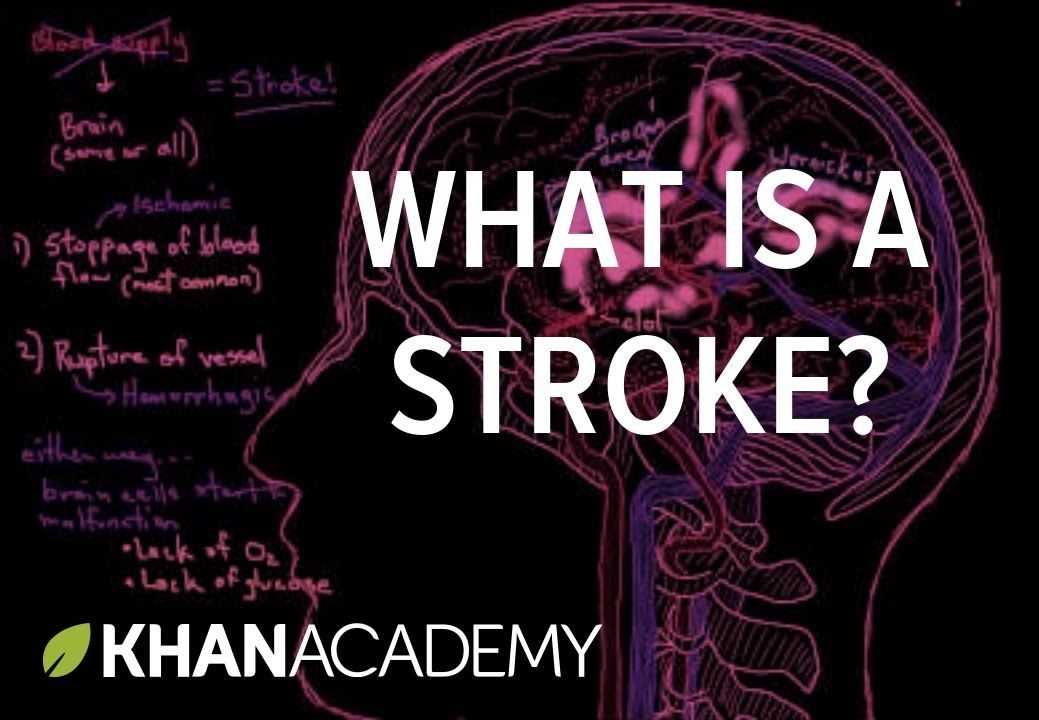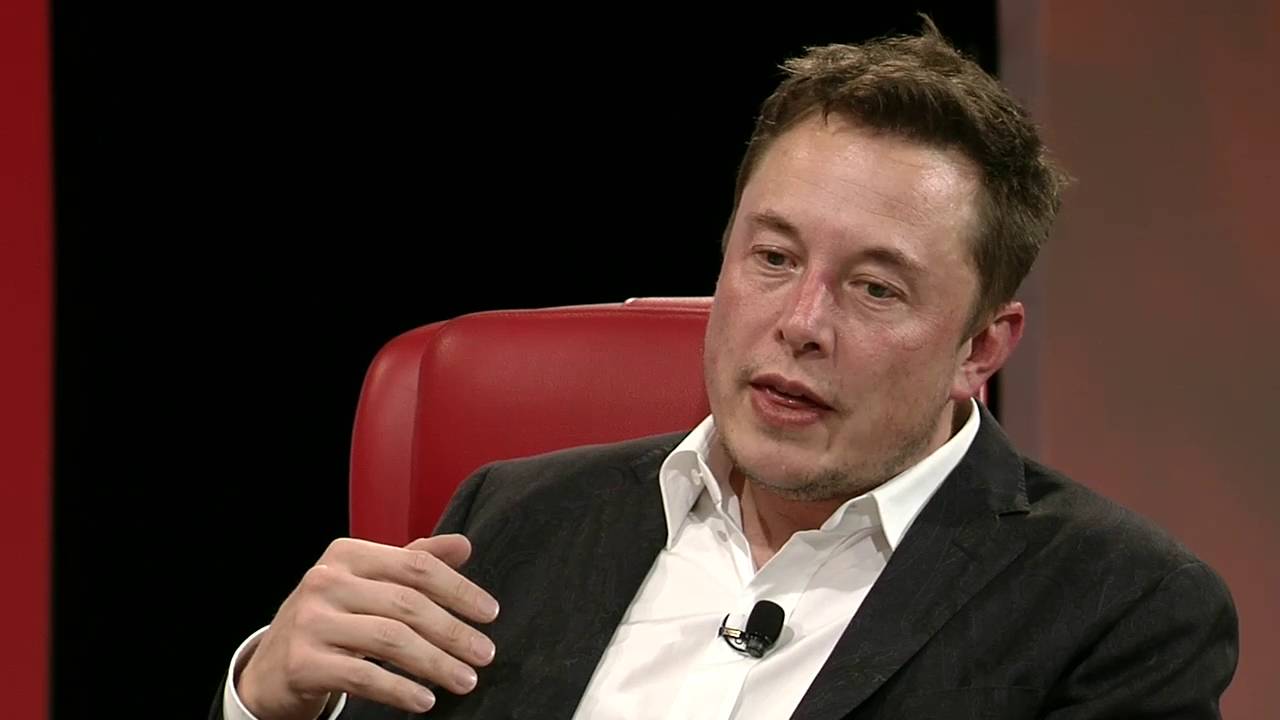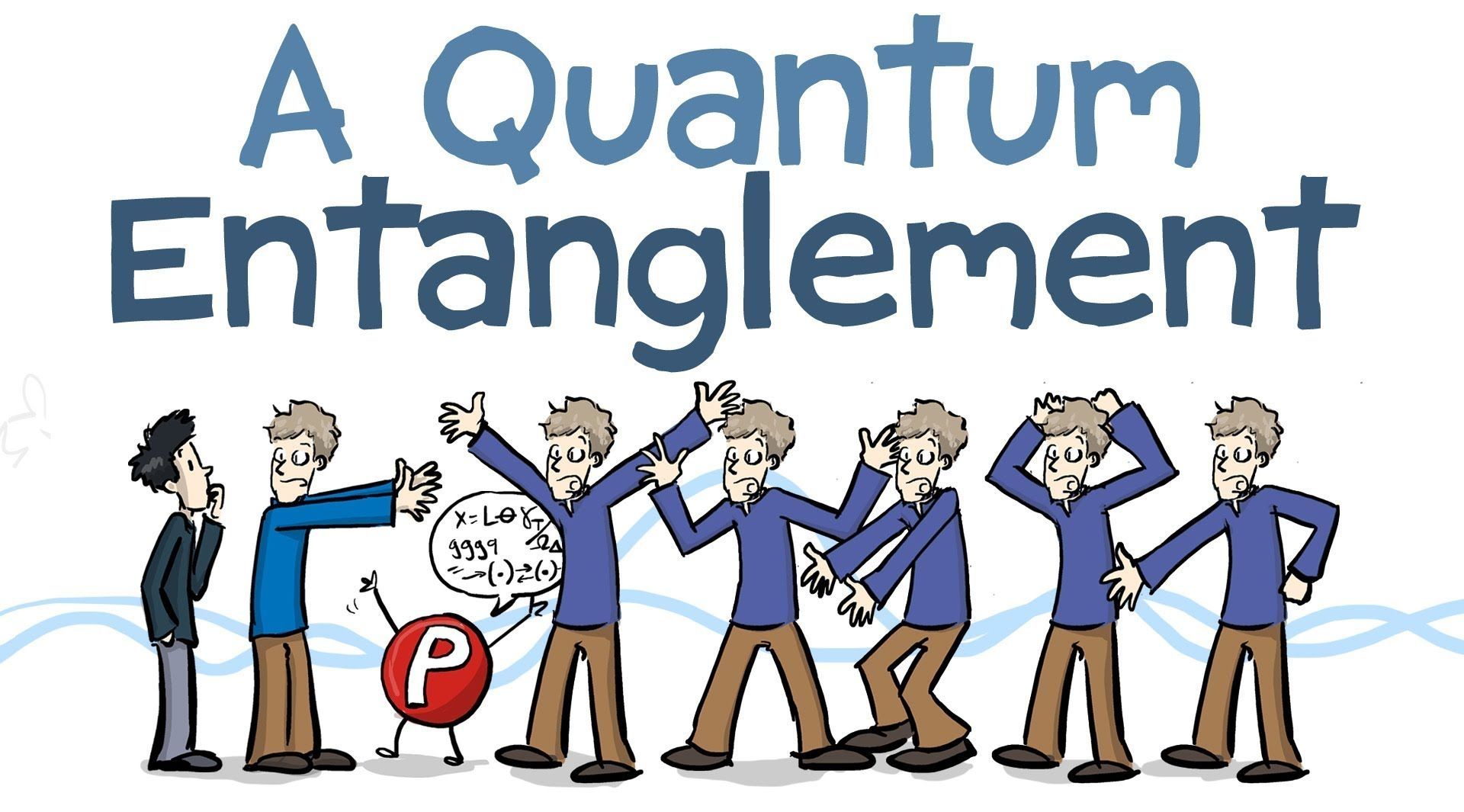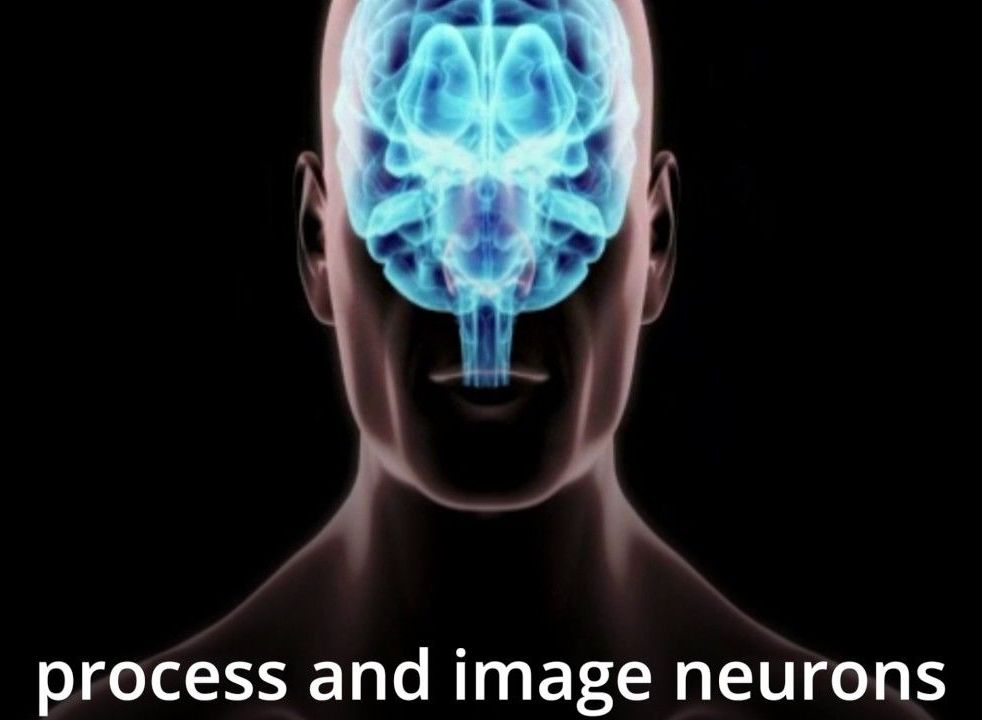Aug 7, 2017
Brain Computer Interface — Neural Lace
Posted by Shailesh Prasad in categories: computing, neuroscience


Researchers from the University of Manchester have developed a new treatment that could limit the damage caused by strokes and also promote repair in the affected area of the brain. What’s more, the drug they’re using has already been clinically approved.

In step forward for Elon Musk’s neural lace and transhumanists everywhere, a new paper published this month by researchers at Harvard University reports on the successful implantation of an electronic neuromorphic mesh in the brains of mice without triggering an immune response.
Neuroprostheses show promise in the treatment of Alzheimer’s Disease, Parkinson’s Disease, epilepsy, traumatic brain injury and for the creation of brain-machine interfaces such as the neural lace, but a major stumbling block for researchers has been the propensity of these implants to induce an immune response, inflammation and scaring in the brain, severely limiting their potential use.

Dr. Lara Boyd, a physiotherapist and neuroscientist, and is a professor at the UBC MPT program in Vancouver, British Columbia, describes how neuroplasticity gives you the power to shape the brain you want.
“So how do we learn? And why does some of us learn things more easily than others? So, as I just mentioned, I’m Dr. Lara Boyd. I am a brain researcher here at the University of British Columbia. These are the questions that fascinate me.”
Continue reading “Neuroplasticity Gives You The Power To Shape The Brain You Want: Dr.Lara Boyd” »
The risk associated with any climate change impact reflects intensity of natural hazard and level of human vulnerability. Previous work has shown that a wet-bulb temperature of 35°C can be considered an upper limit on human survivability. On the basis of an ensemble of high-resolution climate change simulations. we project that extremes of wet-bulb temperature in South Asia are likely to approach and. in a few locations. exceed this critical threshold by the late 21st century under the business-as-usual scenario of future greenhouse gas emissions. The most intense hazard from extreme future heat waves is concentrated around densely populated agricultural regions of the Ganges and Indus river basins. Climate change. without mitigation. presents a serious and unique risk in South Asia. a region inhabited by about one-fifth of the global human population. due to an unprecedented combination of severe natural hazard and acute vulnerability.
The risk of human illness and mortality increases in hot and humid weather associated with heat waves. Sherwood and Huber proposed the concept of a human survivability threshold based on wet-bulb temperature (TW). TW is defined as the temperature that an air parcel would attain if cooled at constant pressure by evaporating water within it until saturation. It is a combined measure of temperature [that is. dry-bulb temperature (T)] and humidity (Q) that is always less than or equal to T. High values of TW imply hot and humid conditions and vice versa. The increase in TW reduces the differential between human body skin temperature and the inner temperature of the human body. which reduces the human body’s ability to cool itself. Because normal human body temperature is maintained within a very narrow limit of ±1°C. disruption of the body’s ability to regulate temperature can immediately impair physical and cognitive functions.
Many of you will likely already know who Professor George Church is and that he is an important and senior member of the research community engaged in treating the aging processes to prevent or reverse age-related diseases, not to mention all kinds of other applications for genetic engineering. For those who are not familiar with him a short bio follows.
George Church is a professor at Harvard & MIT, the co-author of over 425 papers, 95 patent publications and the book Regenesis. He developed the methods used for the first genome sequence back in 1994 and he was instrumental in reducing the costs since then using next generation sequencing and nanopores plus barcoding, DNA assembly from chips, genome editing, writing and re-coding.
He co-initiated the Genome projects in 1984 and 2005 to create and interpret the world’s only open-access personal precision medicine datasets. He was also involved in launching the BRAIN Initiative in 2011.

Theoretical physicist Lucien Hardy is pushing wants to push the boundaries of quantum physics by performing a Bell test using humans as links. This could potentially shed light on the existence of human consciousness and just what it is made of.
Perhaps one of the most intriguing and interesting phenomena in quantum physics is what Einstein referred to as a “spooky action at a distance” — also known as quantum entanglement. This quantum effect is behind what makes quantum computers work, as quantum bits (qubits) generally rely on entanglement to process data and information. It’s also the working theory behind the possibility of quantum teleportation.

Become a citizen neuroscientist.
By playing Mozak you can advance our understanding of the brain. Each player becomes a neuroscientist that maps the structure of individual neurons. In doing so, you also receive feedback from experts at the Allen Institute for Brain Science and contribute to their massive effort to solve the secrets of the brain.
Neuroscientist Moran Cerf has found people’s brain activity aligns when they’re in each other’s company. The finding can be used to maximize happiness.